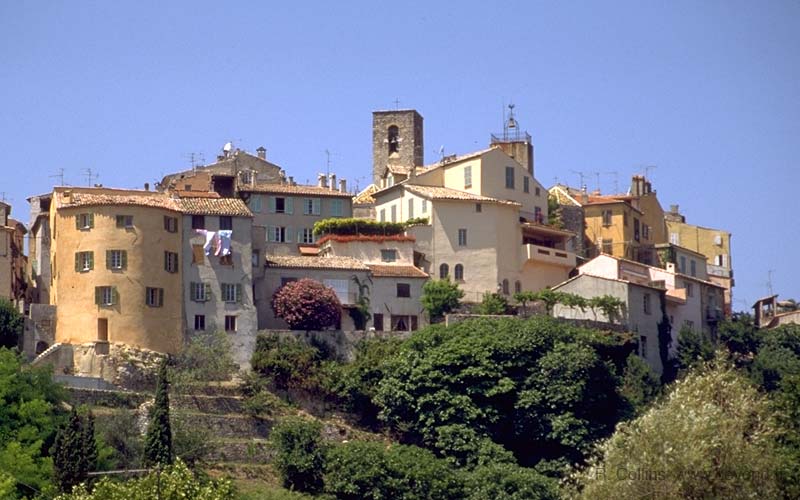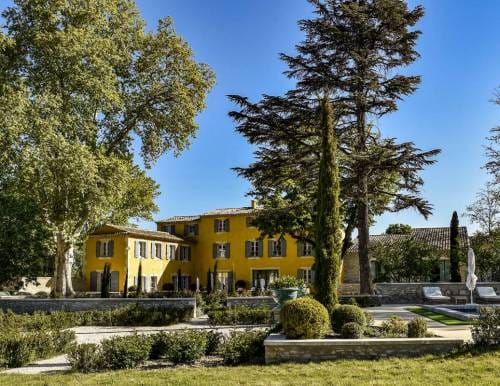Safely tucked away on a hilltop, four kilometres inland from Antibes is the authentic Provencal-style town of Biot. Strategically placed among hills covered with mimosa and olive trees, it is at a safe distance from coastal raids by the Mediterranean pirates of old. Biot has a fascinating history which is one reason by itself for a visit. You will see traces of antiquity everywhere, Roman and Gothic and medieval fortified entrances.
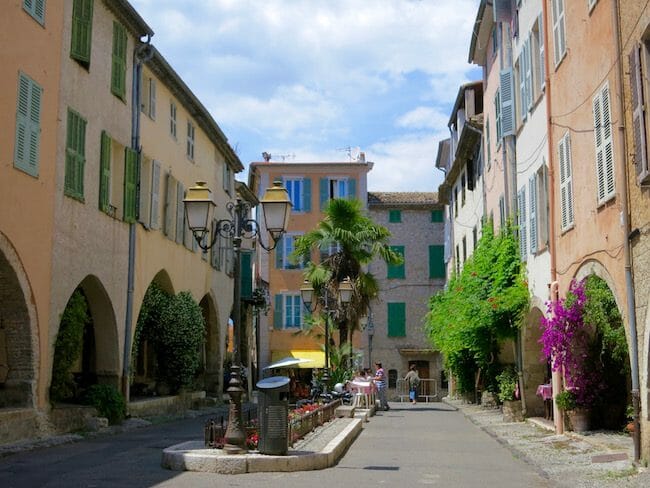
And when you have absorbed the history with a tour of the cobble stone narrow streets and the architecture – you can then take time to enjoy the Provencal style culture and Mediterranean lifestyle: the markets, the relaxed comings and goings of the locals, take coffee and wine in the square – there are always special cafes where people congregate.
If you are thirsty for history and particularly for the history of a Mediterranean hill-top village you will be lucky to have chosen Biot – it sort of had nine lives. Biot is an ancient volcano but we can consider that pre-history. Village life really all starts about two thousand five hundred years ago with the Celtic Ligurian tribes spotting Biot’s strategic location and staging a settlement there. This threatened the more sophisticated and Greek-influenced port of Antibes who called in the Romans to defend themselves. And so Biot was rid of the Celts and enjoyed a new era under Pax Romana for 500 years after they garrisoned the town in 42 BC. Fast forward to the 12th century when Biot was ruled by the Earl of Provence who “donated” it to the warrior Knights Templar in 1209. Visible on a tour between Place aux Arcades and the Church Square is the Biot Chateau from where the Knights Templar presided from 1233 until they were crushed and disbanded. And so Biot came up again for “diplomatic auction”. And a deal is made between the Bishop of Grasse and the fearsome Knights of Malta. Notice the coat of arms of Biot – it has a most unusual combination of a Knights of Malta cross and a lamb representing the Bishop of Grasse.
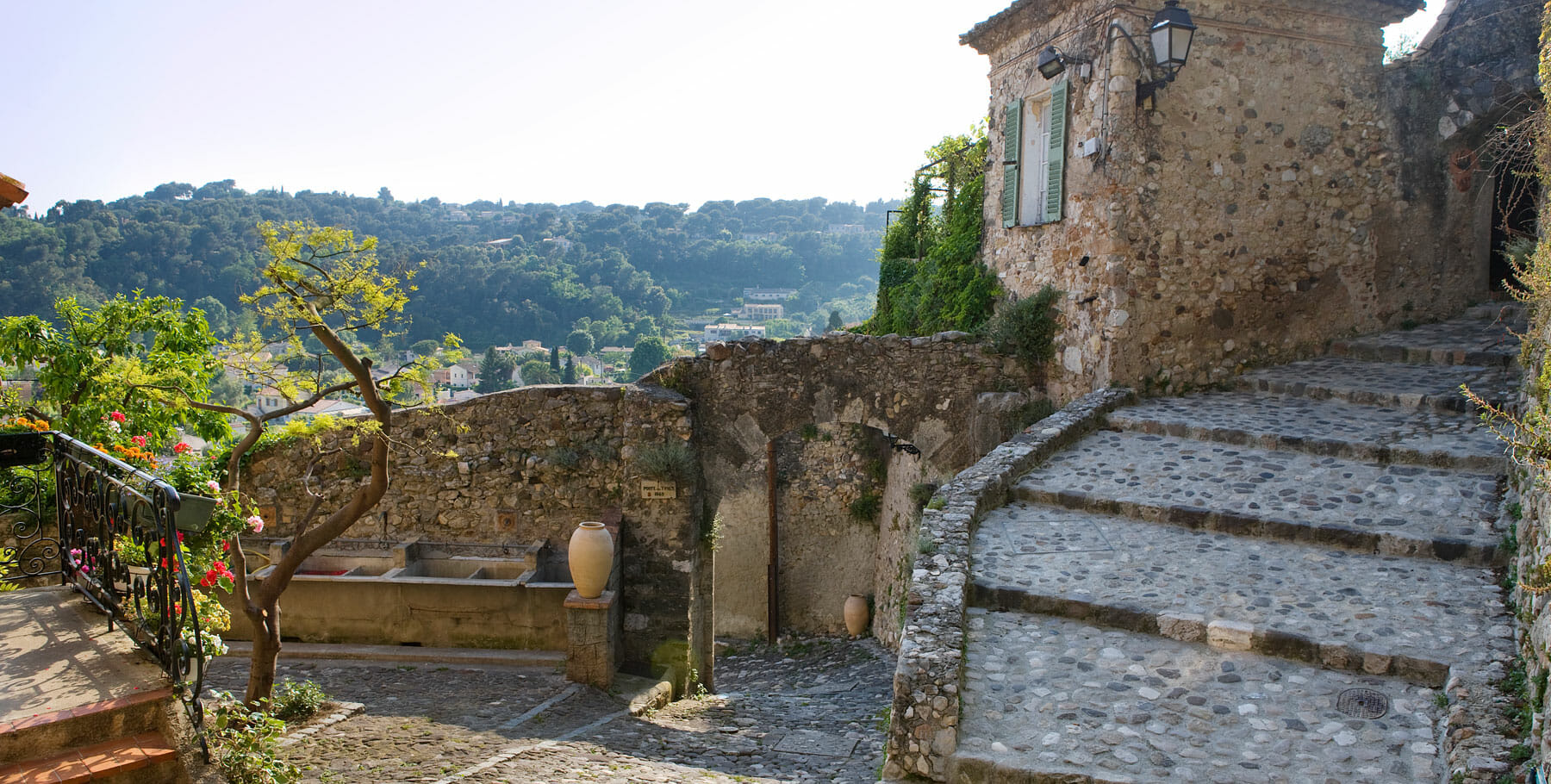
Peace reigned until the end of the 14th century when with the war of Succession of Queen Jeanne of Provence, and together with the Black Death and pillaging gangs, the village was decimated. Its church was destroyed in 1387 in a failed campaign to keep the brigands at bay.
So, for a town originally safely tucked away from the pirated coast, it ironically now became a scandalous nesting place for brigands, robbers and thieves. Favourable conditions and the rule of law did not return until 1470 when King Rene encouraged fifty good families, some with prior links to Biot, to relocate back to Biot (then called Buzot) from the Oneglia valley in Italy. And Biot started on the road to becoming the prosperous place that it remains today.
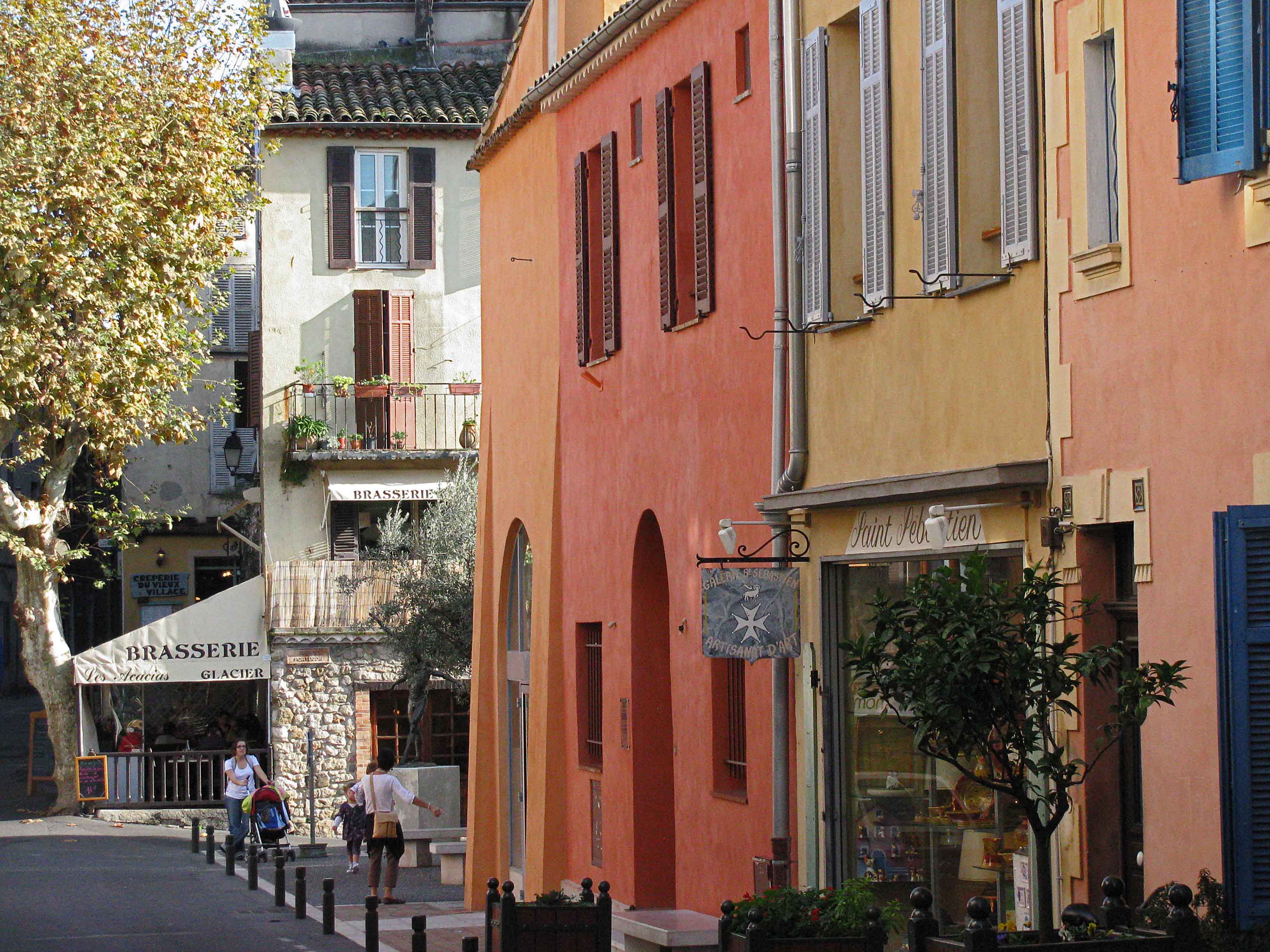
Visiting the Ancient Town of Biot
Meander down the pretty boulevard Rue Saint Sebastien as you enter Biot. Pass attractive colourful houses, cafes, and abundant greenery. The old town is located down this road towards the end. Its centre is the Place des Arcades (a narrow square, almost a rectangle, with arcaded houses and the 15th century church). See the altar painting of the Virgin of the Rosary by 16th century artist Louis Brea.
As you enjoy walking the streets you will arrive at a small gap in the houses called the place de la Catastrophe – it was the spot where in 1898 three houses imploded during a communion party killing 26 people.
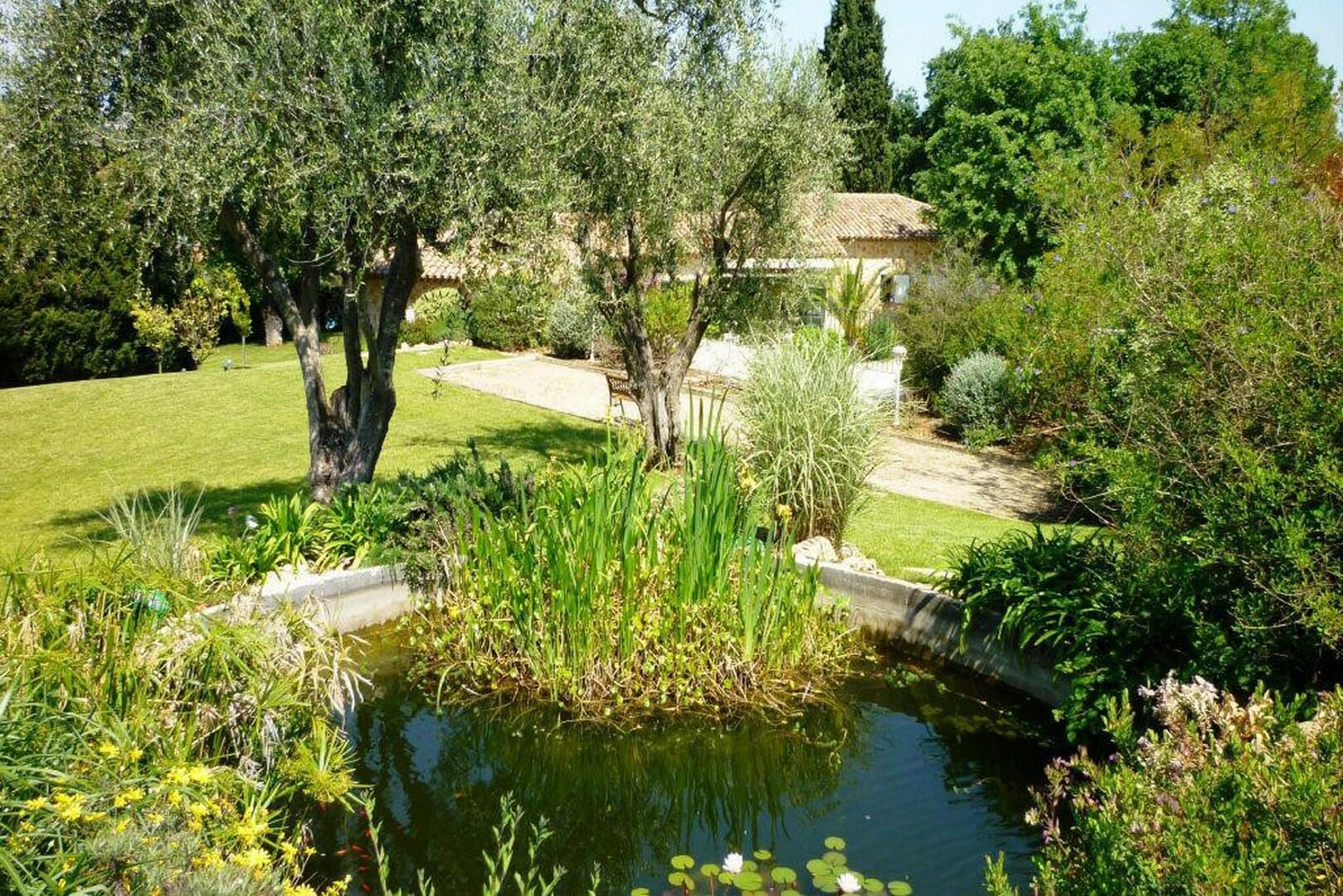
The Biot Tourist Office will provide you with a map that highlights many fascinating architectural features. Admire the beauty of the doors, vaults, stairways, stonework, sundials, cobblestones, and the contrasts from one narrow passage to another.
These highlights include two surviving (out of the original three) medieval gateways into the town, both built in the 1560’s: the Porte des Migraniers on the Calade des Migraniers and the Porte des Tines on Rue des Tines. You can also enjoy a tour around the remains of the ramparts.
Opening up Art and Artisans of Biot
Lovers of art and artisans, Biot has delighted in store for you. It may not have Picasso, but it has its own “cubist” – an artistic genius Fernand Léger to which a Biot Gallery is dedicated. He used bright colors and robot-like figures that evoke harmony between man and machine. In fact, so unique was his “cylindrical” style that it made the cubists a little insecure, so they tried to mock him by calling him a “tubist”. It didn’t stop him from experimenting and he gradually developed art of a less abstract form, somewhat more figurative, including some pre-cursors to Pop Art. His work will fascinate you. It obviously fascinated the buyer of his painting (“Etude pour la femme en blue”) who paid just under 40 million dollars for it in 2008. And the Gallery itself, the “Léger Museum”, is an architectural show-piece with a massive mosaic by Léger on its facade.
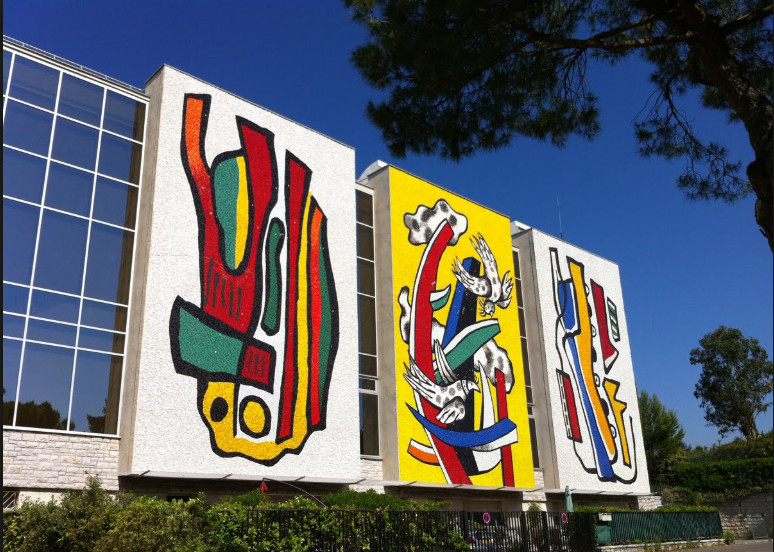
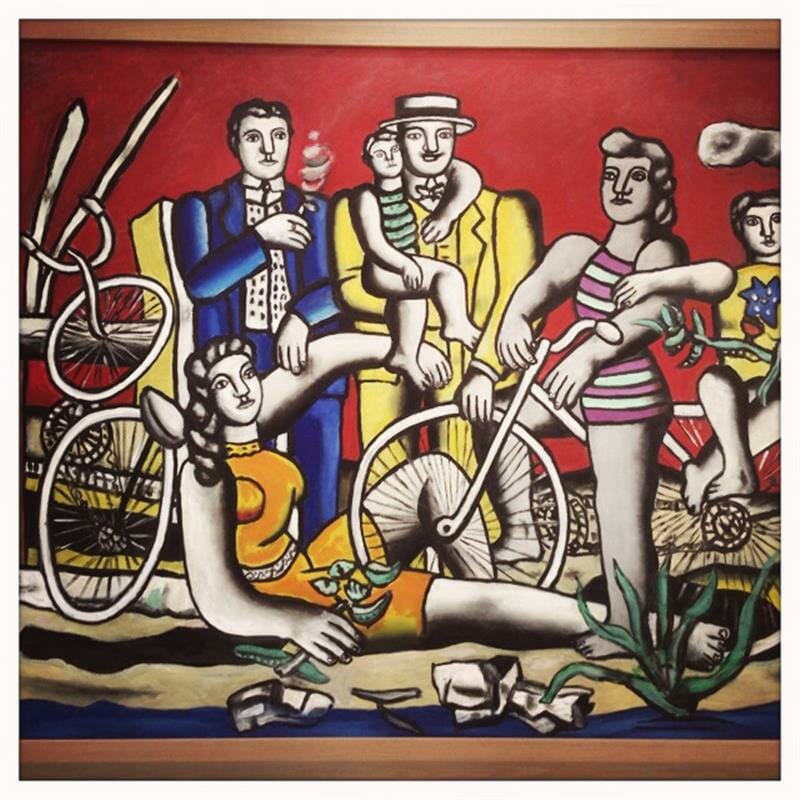
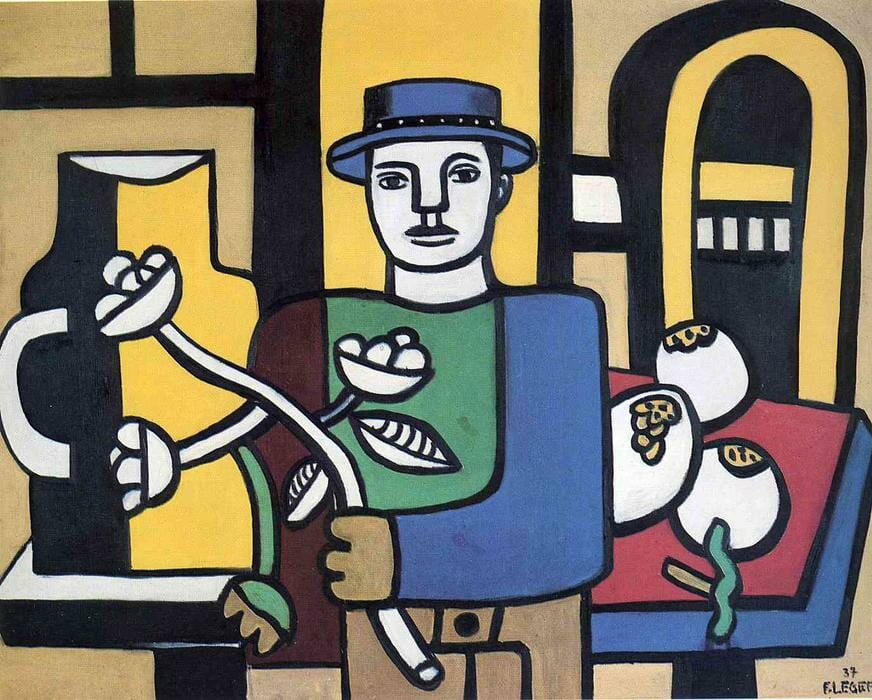
Rid scandal, the plague and brigands, Biot settled down to a prosperous existence dominated by agriculture. But it has had splendid periods when pottery and ceramics reigned. Its Amphor (Amphorae) ware is famous for its giant storage jars. See them in the History and Ceramic museum. The sunny period for these ceramics was un the 1600s when 40 pottery makers lived in the town. Destiny seems to guide Biot into special niches and glassware is its latest success story. A clever glassmaker and entrepreneur, Elio Monod, added carbonate of soda to the glass blowing process and Biot crested its own trademark glassware with little bubbles.
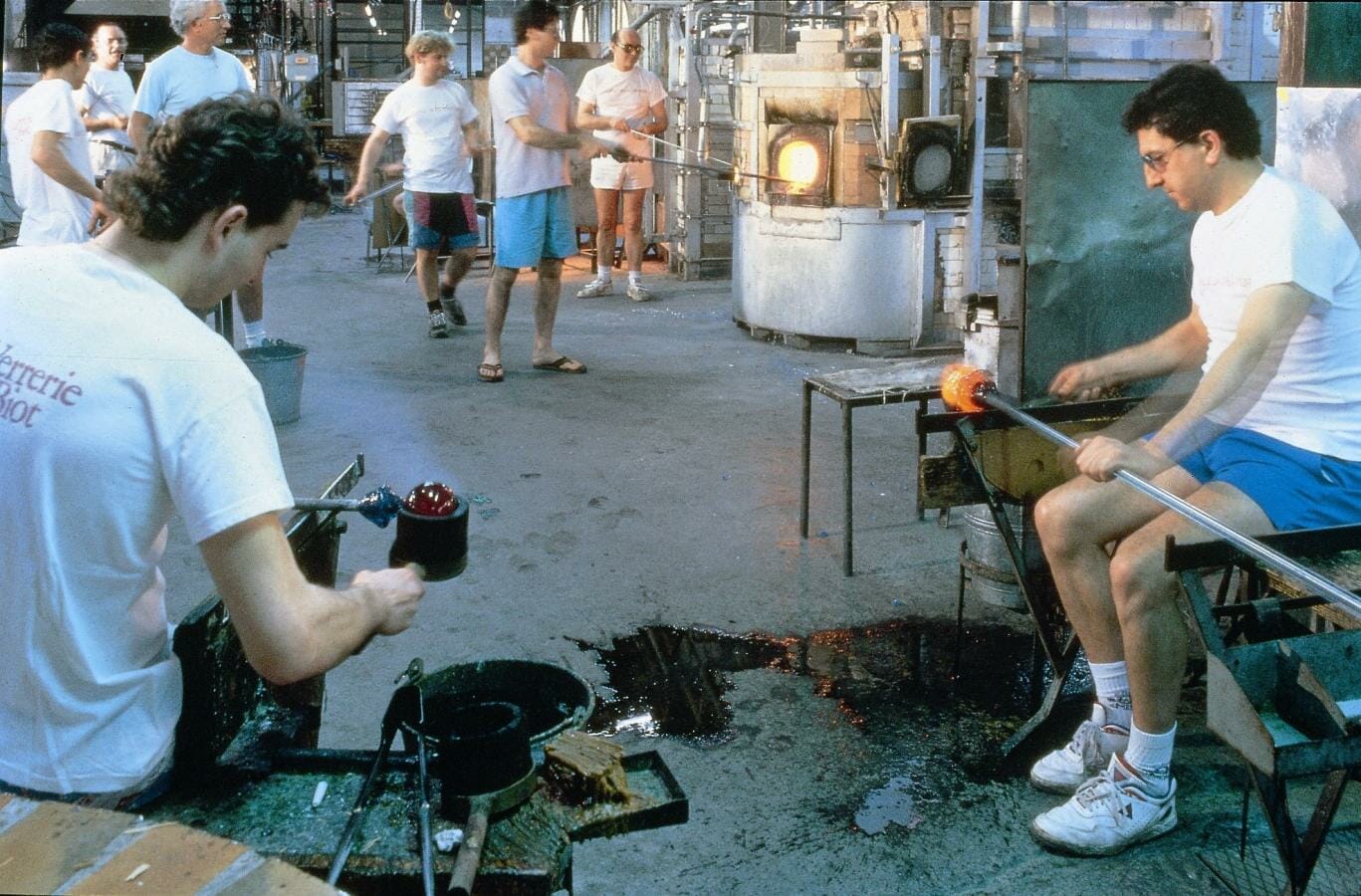
Take advantage of a tour at La Verriere de Biot, have a go at glassblowing and load up on your passion for glassware – you have found the right place. With a famous artist and famous glassware, you have the ingredients and magnet for artisans in leather, glass, jewellery, tapestry, painters and sculptors which, with the help of the tourist office, you can arrange to visit. And if you would like a rural contrast to the workshops try the Chèvre d’Or garden which on a rise opposite the village. Here you will find century old olive trees, pebble terraces, bubbling fountains, orange tree lined paths, fields of agapanthus and the majestic cypress trees.
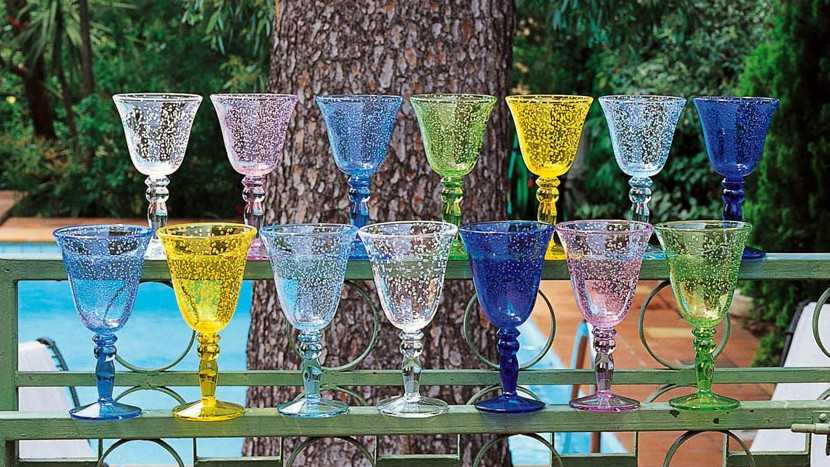
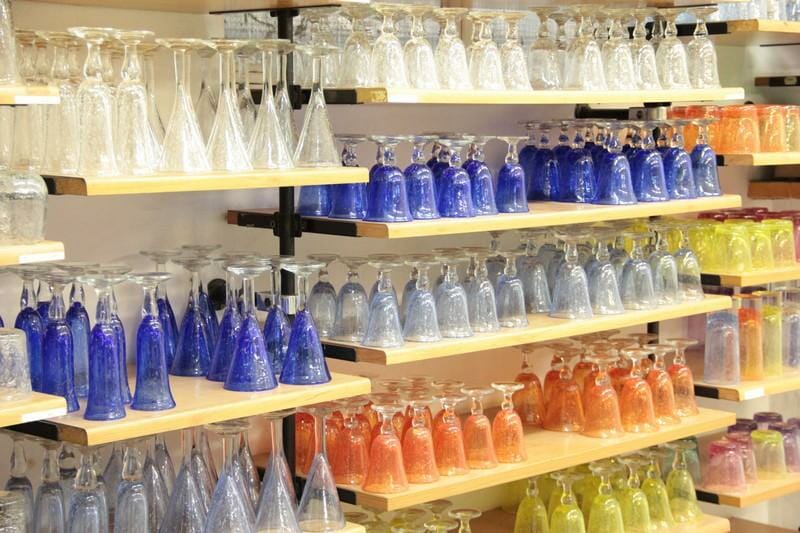
Biot is a discovery. Its charms are a little less branded, but the charm and authenticity are there. So, when you have finished with the travels of Queen Victoria and the British aristocracy on the magnificent Capes, or following Fitzgerald and the lost generation through six-star villas and palaces and rubbing shoulders with oligarchs, Biot awaits. It is a contrast from the major places of interest around it. It will give you a balanced experience of the Riviera and Mediterranean lifestyle, which has everything.



